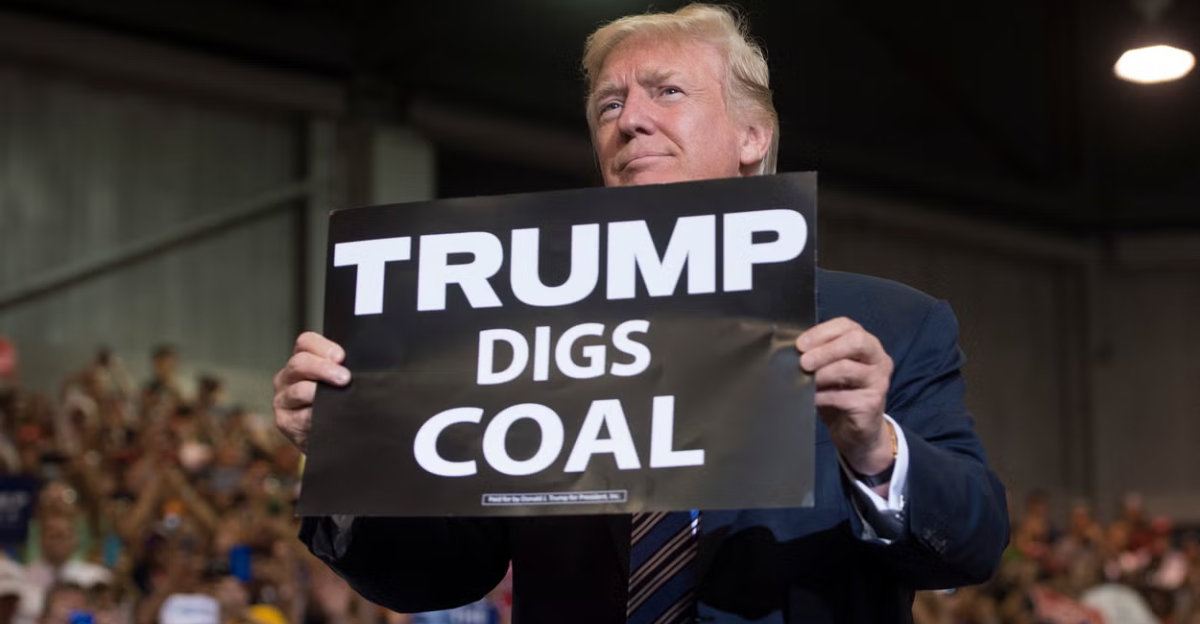
Since 2017, the Trump administration has aggressively rolled back over 95 environmental laws and regulations, with 58 fully completed, reshaping the U.S. ecological landscape. These rollbacks primarily benefit wealthy industrial plant owners by reducing regulatory burdens and compliance costs while threatening wildlife habitats and public health. The administration dismantled Obama-era policies to curb pollution and mitigate climate change, shifting federal priorities toward deregulation and fossil fuel expansion.
This article explores the scope and impact of these rollbacks, highlighting the consequences for air quality, greenhouse gas emissions, endangered species, and environmental justice. It also examines the political and economic narratives used to justify these changes and the broader implications for communities and ecosystems across the country. Understanding this legacy is crucial for informed public engagement and future policy direction.
Scope and Focus
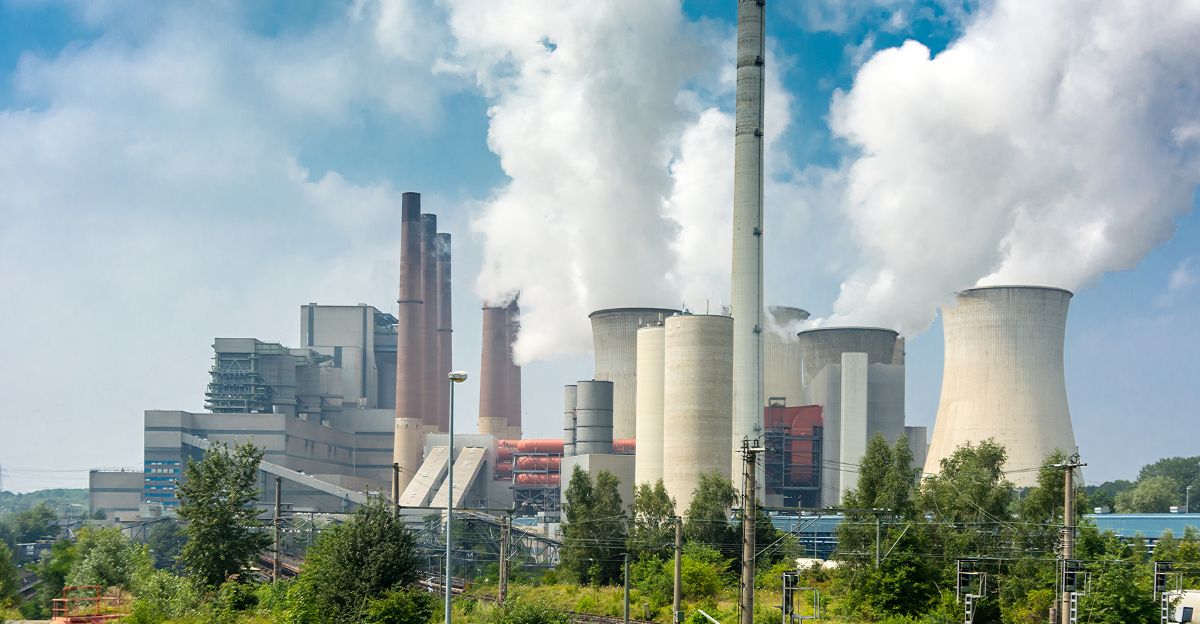
The Trump administration targeted more than 95 environmental laws and regulations, completing rollbacks on 58 by the end of its term. These rollbacks span critical areas, including air quality standards, greenhouse gas emissions limits, habitat protections, and federal development project regulations. Many rollbacks reversed or weakened Obama-era policies designed to combat climate change and reduce pollution, such as the Clean Power Plan and vehicle fuel efficiency standards.
The administration framed these actions as removing “burdensome” regulations to stimulate economic growth, particularly in fossil fuel industries. However, environmental experts warn these changes undermine decades of progress in safeguarding natural resources and public health. The breadth of these rollbacks marks an unprecedented shift in U.S. environmental policy, with long-term consequences still unfolding.
Loosening Limits
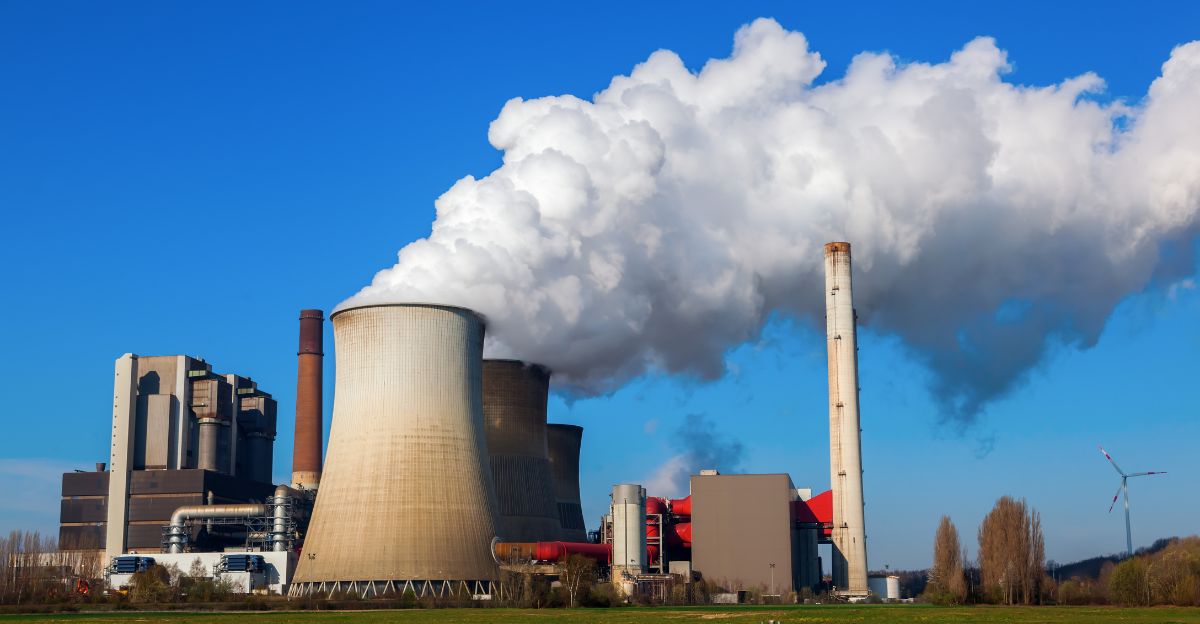
A notable rollback allowed fossil fuel and chemical plants to bypass pollution limits through a simple email request to the White House, weakening regulatory oversight. The administration also moved to overturn regulations controlling seven of the most dangerous air pollutants, including mercury and arsenic, known to cause cancer and brain damage. Senate and House votes were anticipated to cement these rollbacks, increasing toxic emissions from industrial sources.
This deregulation threatens to elevate levels of hazardous pollutants in the air, reversing gains made under previous administrations. Critics argue these changes prioritize industrial profits over public health, especially in communities near polluting facilities.
Economic Stimulus or Bailout?

Deregulation under the Trump administration significantly reduced compliance costs for billion-dollar oil refineries and chemical plants, effectively serving as a financial boon to wealthy industrial owners. While framed as an economic stimulus to boost industry and jobs, many view these policies as corporate bailouts benefiting executives and shareholders rather than workers or communities.
Despite regulatory easing, the coal industry declined due to market forces, highlighting a disconnect between policy intentions and economic realities. This contrast underscores the complexity of energy markets and questions the effectiveness of deregulation as a tool for economic revival in fossil fuel sectors.
Rolling Back Protections

The dismantling of the Sage Grouse Conservation Plans jeopardizes 8 million acres of critical habitat across seven western states, threatening the survival of this iconic species. Weakening the Endangered Species Act further complicates efforts to protect wildlife from climate-related and industrial threats.
Removing habitat protections exposes vulnerable ecosystems to mining, pipeline construction, and clearcutting, accelerating habitat loss and biodiversity decline. These rollbacks represent a significant retreat from conservation priorities, risking irreversible damage to wildlife populations and natural landscapes.
Disproportionate Impacts

The rollbacks are projected to increase greenhouse gas emissions by 200 million metric tons annually by 2025, exacerbating climate change and air pollution. Rising air pollution is linked to acute and fatal health effects, disproportionately impacting Black and low-income communities already burdened by environmental hazards.
Curtailment of public participation and legal challenges under the National Environmental Policy Act (NEPA) further marginalizes community voices in environmental decision-making. These trends raise urgent concerns about environmental justice and the equitable protection of vulnerable populations.
Balancing Rights and Realities

The administration justified rollbacks by emphasizing states’ rights and the need for economic flexibility, arguing that loosening federal protections fosters local control and growth. Market forces, such as the decline of coal despite regulatory easing, suggest economic realities may override policy efforts to prop up specific industries.
This debate highlights the tension between economic development and environmental stewardship, raising questions about the most effective path to sustainable growth. Some argue that deregulation could spur innovation, while others caution it risks long-term ecological and public health costs.
Lobbying, Democracy, and Energy
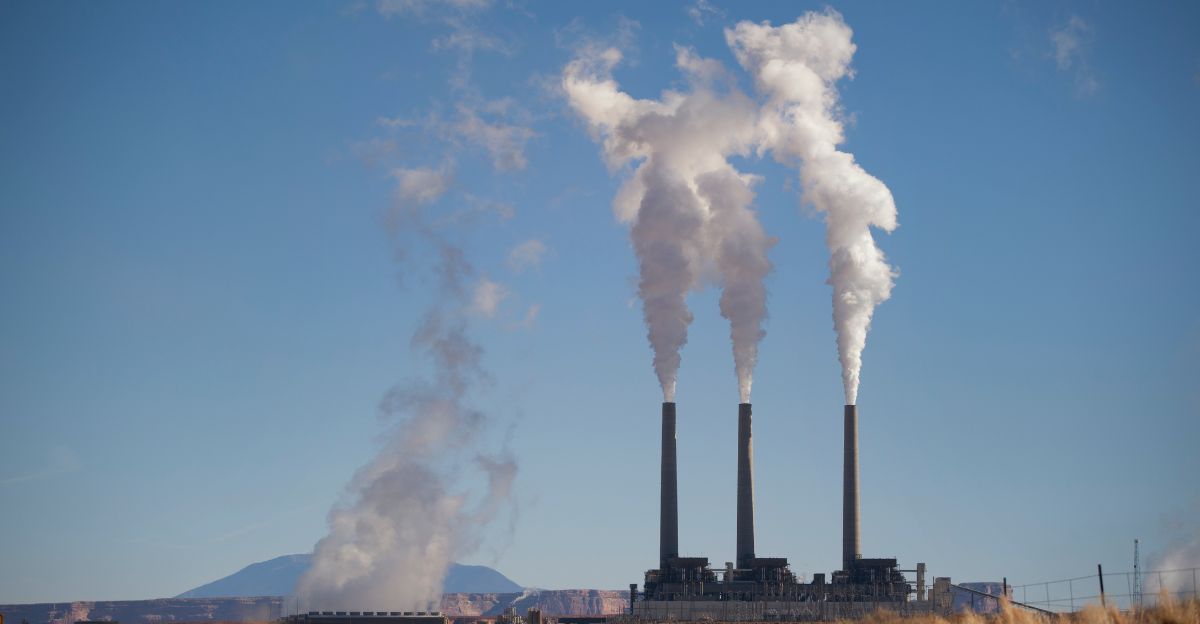
Fossil fuel lobbying and the appointment of former industry executives to regulatory agencies influenced the direction and intensity of rollbacks. These dynamics intersect with broader concerns about democracy and digital threats environmental defenders face, complicating efforts to hold policymakers accountable.
The rollbacks also relate to debates on energy independence and the critical role of transition minerals needed for renewable technologies, illustrating the complex interplay between fossil fuel interests and clean energy futures. These intersections reveal how environmental policy is embedded in wider political and economic systems.
The Cost of Rollbacks

The Sage Grouse population plummeted from millions to 200,000 and 500,000 due to habitat loss accelerated by policy changes. For the first time in 55 years, Congress moved to weaken Clean Air Act protections, signaling a historic shift in air quality regulation.
Additionally, the federal coal moratorium was lifted despite market trends indicating coal’s decline, reflecting policy decisions out of step with economic realities. These cases illustrate the tangible impacts of rollbacks on species survival, air quality, and energy markets, underscoring the stakes of environmental deregulation.
Toward Renewed Protections
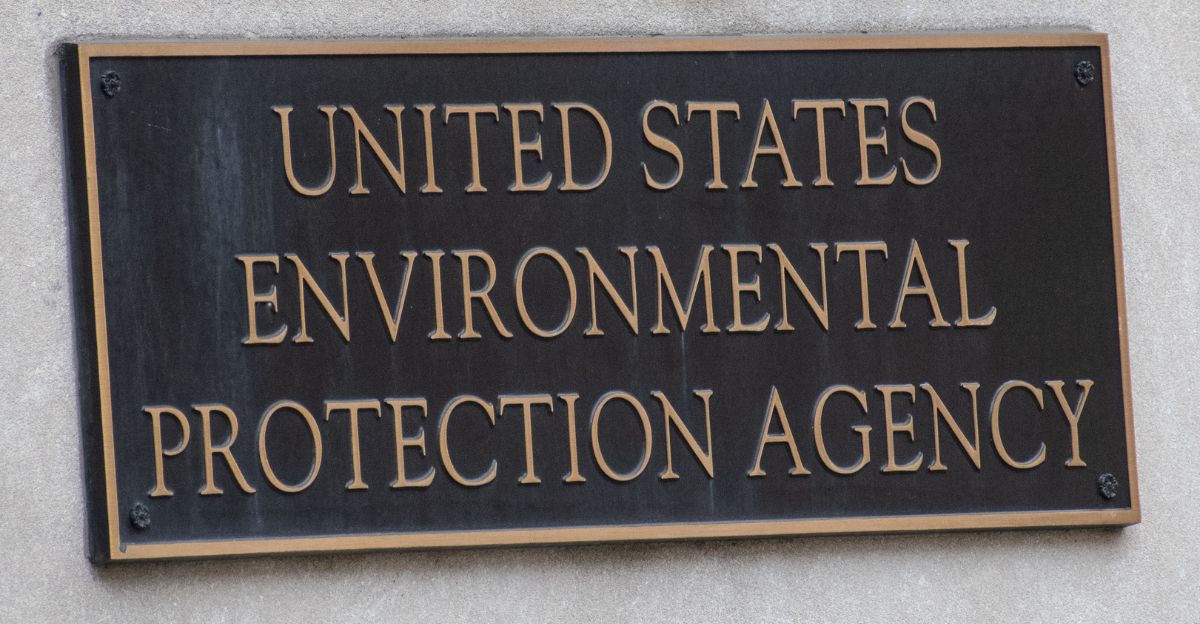
The Trump administration’s environmental rollbacks have rewarded wealthy polluters, endangered wildlife habitats, and compromised public health, particularly in marginalized communities. Reversing these setbacks requires robust science advocacy, public engagement, and a renewed commitment to equitable climate action.
Strengthening environmental protections and fostering inclusive policy-making are essential to safeguard ecosystems and human well-being for future generations. The legacy of these rollbacks serves as a call to vigilance and action in the ongoing effort to responsibly balance economic and environmental priorities.
Explore more of our trending stories and hit Follow to keep them coming to your feed!

Don’t miss out on more stories like this! Hit the Follow button at the top of this article to stay updated with the latest news. Share your thoughts in the comments—we’d love to hear from you!







